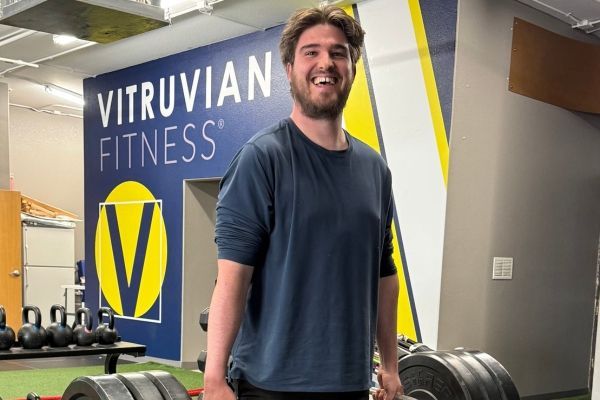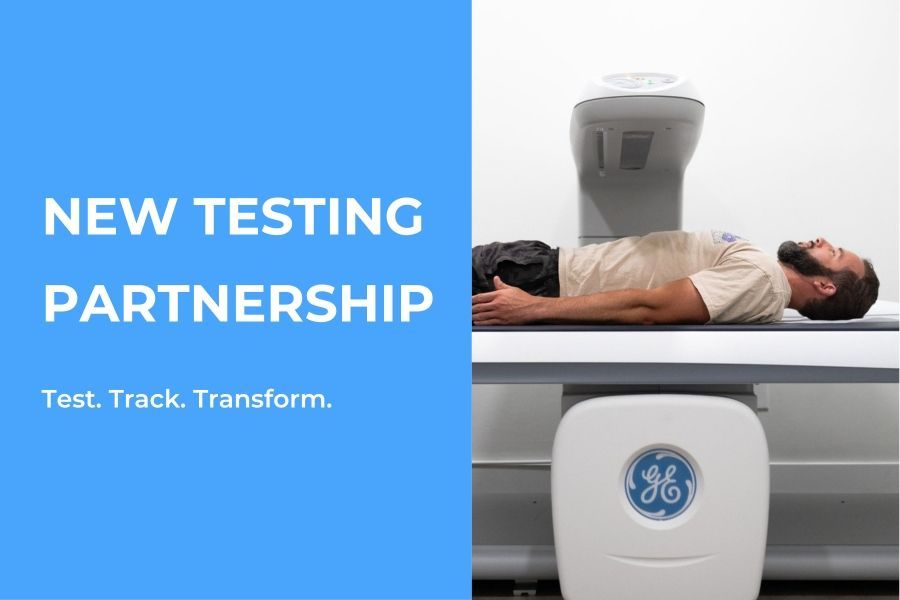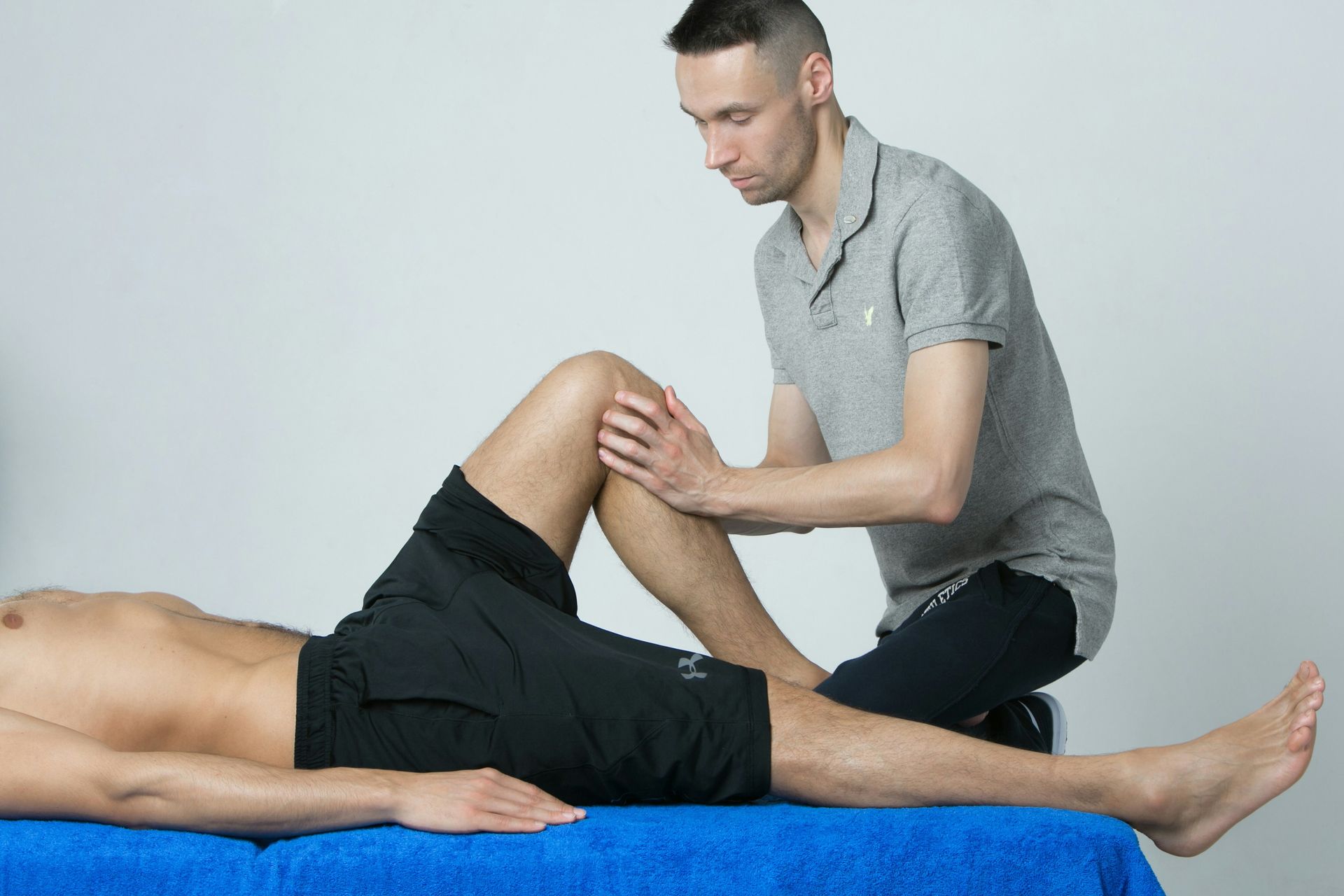Cycling – Phase 4 and Beyond
By April 1st, you’ve established a solid foundation for the upcoming outdoor cycling season. Now the focus of your training is definitely shifting to being more on the bike and outside as often as the weather permits. We’ve got 15 weeks before the Triple Bypass and 18 weeks before the Copper Triangle. That’s plenty of time if you’re focused and continue putting in the work!
Knowing that we all have family and work obligations competing for our time and attention, you’ll need to find out where and how to fit in as much riding as you can. The training table below outlines a schedule with increasing demands as the date of our rides near.
We will organize a group ride for every weekend knowing that participation will vary from one week to the next. We will need to take turns who rides as the Yellow Jersey and who rides as the Red Lantern.
Week by week, the program is divided into 3 different types of workouts: strength, short rides and long rides. The minimum mileages will get you capable of completing the Triple. But you want to be more than “capable,” right? The more time, effort and miles you put into the training, the better you will do. If you’re not riding with us until the Copper Triangle, you will still be well served by keeping up with the mileage. But you’ve got more time to prepare for the Copper Triangle in case you fall behind a little.
Strength My recommendation for a minimum of 1 day off-the-bike strength training holds for the entire cycling season. This can come in many forms: personal training, TRX class, boot camp or yoga even. The purpose is for you to get total body workouts in multiple planes of motion while standing.
Short Rides You’ll see 2 short rides on the table for each week. The first one is mandatory and the second one is optional. 60 to 120 minutes riding is called for whatever day of the week you can get this in. In both columns, a suggested route is offered.
Long Rides Just like the short rides, you’ll see 2 long rides on the table for each week. The first one is mandatory and the second one is optional. These rides should be about 3 hours or more. Do them on whatever day you can. In each column, I’ve only listed the total miles you’re shooting for – the route is ultimately up to you.
At the least, you’ll be riding bikes 2 days per week and doing 1 strength workout each week. Every week that you can get in extra rides, get in the longest rides you can. Ideally, there’s rarely a week with less than 3 rides.
Each week, there are distance recommendations with suggested routes. Don’t ever feel like you only need to do the suggested distance. If you’ve got the time, desire and legs for it, ride farther. The more hill training you can do, the better your performance gains will be.
As I mentioned above, by April 1st, you’ve built your foundation. Now we need to work on speed, strength and endurance. On every ride, you need to work on riding faster. On every ride, you need to work on improving your hill climbing ability. Each week, we add more time and distance to the rides, which will enhance your endurance. By the time the Triple Bypass comes around, that means you’re finishing the day ahead of the rain and before all the BBQ gets eaten!
Ask questions, post comments, share stories!
Vitruvian Fitness Cycling Program Phase 4+ Ride Schedule
* Strength = Training, TRX, Boot Camp, Yoga
All of these routes are just suggestions. Mix up the routes, come up with new ones and share them!
From Vitruvian Ftness . . .
- Distance to Cherry Creek Reservoir = 14 miles
- Distance to Chatfield Reservoir = 19 miles
- Get extra distance and time by adding loops around reservoirs.
- Distance to base of Lookout Mountain = 14 miles
From Vitruvian Fitness to Lookout, up, over, around and back = 40 miles.
You might also enjoy these posts . . .







